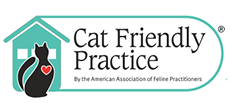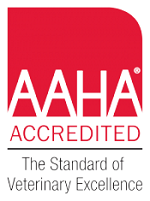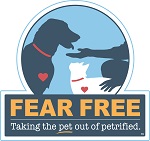Dewclaws on dogs are a non weight bearing toe located a bit higher up than the rest of the toes, and located on the inside of the foot/leg. You could think of them as sort of a “thumb” although they are not used like our thumb is. Sometimes dogs are born without dewclaws, and sometimes they are born with “double” dewclaws (two dewclaws kind of attached to each other). Most of the time the dewclaw is firmly attached, but some may be very loosely attached and floppy.
What is the purpose of dewclaws? The front dewclaws can be helpful to dogs in the following ways:
- They help the dog to hold items to chew on
- They can help to provide extra traction to the dog and help to stabilize the “wrist” joint
- They can help a dog to climb out water when they have broken through the ice
The purpose and helpfulness of rear dewclaws and dewclaws that are very loosely attached just by skin is less clear.
Often, breeders will remove dewclaws themselves (or at a vet) when the puppies are very young (3-5 days old). This is done without sedation and is briefly painful. The incision is usually closed with surgical glue and heals very quickly. If dewclaws are not removed shortly after being born, we need to wait until the dog is old enough for anesthesia to be safe as this now becomes a surgical amputation. If a dog is being neutered, this can be an ideal time to remove these if needed.
In most cases, dewclaw removal is not necessary. Dewclaw removal is done to comply with breed standards, improve appearance for the show ring or to help prevent injuries in the future if dewclaws are likely to get caught on things (brush, branches, etc.). This typically only applies to dewclaws that are very loose and floppy. Normally attached dewclaws rarely cause problems.
The decision to surgically remove dewclaws should be carefully considered after a discussion with your veterinarian. As mentioned above, it is actually an amputation of a toe. Sutures will be placed and the area will need to be kept bandaged and dry. You can expect additional vet visits for bandage changes and suture removal. Some dogs are irritated by bandages and will try to chew them off. In this case a cone collar will be needed until suture removal has been done. Infection is always a possibility with any surgery, and these incisions can be a bit more prone to infection if the incision site and bandages are allowed to get wet and dirty.
Ultimately, if you are considering having your dogs’ dewclaws removed, you should talk to your veterinarian. Make sure you understand the pros and cons and potential for complications so you can make the best decision for your dog.




